Home>Storage Ideas>Kitchen Storage>10 Best Cutting Board Oils To Maintain Your Chopping Block
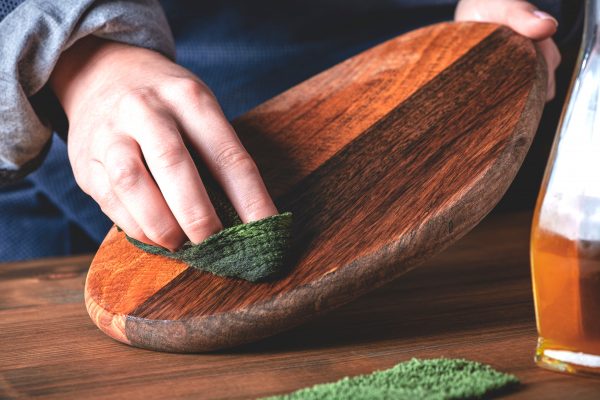
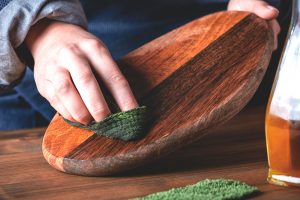
Kitchen Storage
10 Best Cutting Board Oils To Maintain Your Chopping Block
Modified: December 6, 2023
Sealing a cutting board is easy once you have the right food-grade oil for the job. Check out our list of some of the best ones for your kitchen!
(Many of the links in this article redirect to a specific reviewed product. Your purchase of these products through affiliate links helps to generate commission for Storables.com, at no extra cost. Learn more)
Maintaining your cutting board is an important part to keep your kitchen in tip-top shape. They see the business end of a knife more than any other tool and are essential for keeping the countertop clean and chip-free. Adding a coat of cutting board oil will do wonders for this simple yet indispensable culinary instrument.
What Is Cutting Board Oil For?
As a natural material, wood tends to dry out over time. If water seeps into an untreated board, it will be absorbed by the wood, causing the cutting board to expand a bit. When that water dries off, the board will then contract, often unevenly. Since a cutting board is used and cleaned nearly every day, exposure to water and other liquids is unavoidable. These frequent and sudden changes will result in the wood warping and cracking over time.
Cutting board oil prevents this process by soaking the wood and stopping moisture from other sources from being absorbed. The wood oil takes the place of other liquids that would more easily dry and evaporate, protecting the board and acting as a thin barrier.
Read more: How To Store Cutting Board
Types of Cutting Board Oil
There are a number of oils that will work for your cutting block. Mineral oil for wood, which is a by-product of refining crude oil, is the most common form of butcher block conditioner. It can be found in larger quantities and makes up a majority of the cutting board oil market. With its long shelf life, this type of oil is a favorite among woodworkers. Just be sure the mineral oil you purchase is labeled as food-safe by a credible authority.
As another option, some cooks choose plant-based oils over mineral oil. Even if the mineral oil for chopping blocks is food-grade and safe, many prefer that their kitchen products come from fresher sources. Walnuts and coconuts haven’t been underground for as long as fossil fuels, after all. Just take note that plant-based oils have a shorter shelf life, and may trigger certain food allergies. Both variants do a good job of varnishing a cutting board, though ultimately, which to purchase is up to preference.
The Best Cutting Board Oils
If you’re eager to shine and protect your cutting board, we think you’ll rather enjoy our comprehensive list below. We’ve gathered our favorite cutting board oils from Amazon and included their pros, cons, specifications, and key features for your perusal.
The citrusy scent of the Lemon & Orange Cutting Board Oil from CLARK’S makes it stand out from the crowd. As a food-safe mineral oil, this particular variant boasts a combination of lemon and orange essential oils in its formula. If you’re using this butcher block finish on an older board, then the tart addition may help with some odors that have stuck to the wood.
Key Features
- Prevents drying & cracking
- Scented with lemon and orange essential oils
- Deeply penetrates into wooden surfaces
- Food-safe
Specifications
- 2.5 inches x 2.5 inches x 6.5 inches
- 12 ounces
Pros
- High-quality oil
- Doesn’t go rancid
- Excellent fragrance
Cons
- Bottle seal isn’t well-designed
This Mystery Butcher Block Oil from John Boos is sure to intrigue anyone looking to protect their cutting board. It’s made with natural unbleached beeswax mixed with food-grade mineral oil. Beeswax is typically used for fragrances and cosmetics, but it works very well in this butcher block oil.
Key Features
- Certified by the National Sanitation Foundation (NSF)
- Easily absorbed into wood
- Made with natural unbleached beeswax and food-grade mineral oil
Specifications
- 2.37 inches x 2.37 inches x 8 inches
- 16 ounces
Pros
- One bottle lasts a long time
- Can be used for different items
- Transformative on older pieces
Cons
- May drastically change cutting board color
The Cutting Board Oil from Walrus Oil contains an effective mix of coconut oil, beeswax, mineral oil, and Vitamin E. This unique blend produces an oil that’s heavy-duty and easy to apply. It brings out and locks in the natural wood tones in your block, making for a glossy and protected finish.
Key Features
- Combines several high-quality ingredients
- Certified by the Food and Drug Administration
- Free of volatile organic compounds (VOCs)
Specifications
- 1.5 inches x 3 inches x 6.5 inches
- 8 ounces
Pros
- Revitalizes old wood & shines new pieces
- Excellent price for the quality
- Long-lasting
Cons
- May not be enough to complete a large board
Looking for butcher block oil that can condition and protect both wood and bamboo? Then the High-Performance Food Grade Mineral Oil from Bayes is definitely worth your while. Since it’s made with 100% food-grade mineral oil, this formula is clear and odorless. It’s a no-muss, no-fuss solution to your cutting board oil needs.
Key Features
- Protects wood and bamboo
- Non-toxic and biodegradable
- Plant-derived ingredients
Specifications
- 9.1 inches x 2.1 inches x 2.1 inches
- 12 ounces
Pros
- Easy to apply
- Dries quickly
- No odor
Cons
- Seals aren’t secure
Another offering from CLARK’S is the Lavender & Rosemary Cutting Board Oil. This one has a more flowery scent than the citrus variant but retains all the benefits. Made with natural mineral oil, this cutting board oil has a nice, long shelf life and should last you a number of reapplications.
Key Features
- Fresh lavender & rosemary scent
- Soaks deeply into wood
- Prevents wood from splintering and cracking
- Food-safe and 100% natural
Specifications
- 2.5 inches x 2.5 inches x 6.5 inches
- 12 ounces
Pros
- Extremely long shelf life
- Safe to use on wooden utensils
- Pleasant scent
- Protects and finishes wood
Cons
- Bottle may leak
If you’re in the market for larger quantities, then the 1 Gallon of Food Grade Mineral Oil from UltraSource has you covered. It’s ideal for woodworkers sprucing up their products, restaurant owners with a ton of butcher boards in their kitchen, and even home chefs looking to stock up enough for a proverbial lifetime. Buying in bulk means this cutting board oil comes at a cheaper price per ounce, and you don’t even have to worry about it spoiling.
Key Features
- Food-grade & NSF-certified
- Preserves and protects wood & stainless steel
- Unscented
- Moisturizes skin
Specifications
- 12.13 inches x 6.14 inches x 6.1 inches
- 1 gallon
Pros
- Clear and easy to apply
- Excellent value for money
- Hydrates cutting boards well
Cons
- Fairly thin consistency
While applying cutting board oil is easy enough, there’s no harm in some added convenience. The Cutting Board Oil Spray from Greener Chef has an innovative design with an aerosol-free spray nozzle. It can switch to a drizzle as well if you need to put down a lot at once. These two modes make this a very flexible butcher block oil.
Key Features
- Spray nozzle design
- 100% pure walnut oil
- Planet-friendly bottle
- Dispenser with multiple modes
Specifications
- 8.25 inches x 1.5 inches x 2 inches
- 5 ounces
Pros
- Convenient application
- Safe for the environment
- High-quality
Cons
- More expensive than other oils on the market
The Wood Honey Cutting Board Finish from TotalBoat is a mix of oil and wax. As such, it serves as a unique butcher block finish, giving a new coat of shine and polish to both new cutting boards and heirloom chopping blocks. It comes in two sizes: 8 ounces and 16 ounces, so you can purchase as much as you need for your projects.
Key Features
- Water-resistant finish repels stains
- Ideal for friction polish
- VOC-free
- 100% food-safe
Specifications
- 5.79 inches x 2.64 inches x 2.05 inches
- 8 to 16 ounces
Pros
- Works effectively
- Can be used on non-kitchen wooden items
Cons
- Needs frequent reapplication
This 17-ounce bottle of Cutting Board Mineral Oil from Furniture Clinic can be used for more than just your board. The Vitamin E-enriched formula is sure to bring out the best in all sorts of woods, allowing the grain to really pop. It also lets you avoid the greasy feel after application, making it excellent for all sorts of different finishes.
Key Features
- Deemed food-grade by the FDA
- Colorless, odorless, tasteless
- Enriched with Vitamin E
Specifications
- 6.46 x 1.85 x 1.81 inches
- 8.5 ounces
Pros
- Doesn’t feel greasy after application
- Finishes & preserves cutting boards beautifully
- Easy to apply and spread
Cons
- Requires generous application
CLARK’S continues to impress with this final addition to our list. The Lemongrass Bamboo Cutting Board Oil was formulated for butcher blocks made from oriental material. With a sweet but tangy lemongrass scent, it protects the absorbent bamboo from liquids that might otherwise discolor and damage. This cutting board oil also revitalizes boards to give them an all-new look no matter their age.
Key Features
- Specifically made for bamboo
- Contains lemongrass extracts
- Protects and revitalizes bamboo wood
Specifications
- 2.5 inches x 2.5 inches x 6.5 inches
- 12 ounces
Pros
- Seals without degrading wood tones
- Wonderful smell
- Also works on normal wooden boards
- Soaks easily
Cons
- Lemongrass scent may not be for everyone
Read more: How To Cut Insulation Foam Board
How to Oil Your Cutting Board
The steps for oiling a cutting board vary slightly depending on the age of your board and how long it’s been since it was last put through the process. Just note that if you’re oiling an older board, it should be clean and dry when you begin.
Basic Steps
1) Coat one side of the wooden cutting board with the oil. Be generous with the application, as the wood will naturally soak in a lot of the cutting board oil. Make sure that whatever oil you use is food-safe, like the ones we listed above.
2) Once your butcher block has a good sprinkling of oil, spread and work in the oil with a clean cloth or paper towel. Follow the grain of the wood or work in circles as you do this. At this point, you’ll notice that the oil is being absorbed, giving the wood a richer color than when you started.
3) Repeat steps 1 and 2 on all sides of your cutting board, including the edges. Try not to miss any spots by working in a bright room. This will help you see any patches where the oil didn’t spread.
4) Allow your cutting board to dry, untouched, for a good number of hours, preferably overnight. Make sure it lies on one of its thinner sides as it does this, to reduce the threat of warping and speed up the drying process.
Frequency
If you’re working on a new cutting board or one that’s never been oiled before, we recommend repeating the whole process at least two or three times before use. This will help keep the board healthy for the rest of its life and make maintenance a lot easier.
On the maintenance side, a cutting board ought to be regularly oiled to retain its protective layer. How long to wait between cycles is dependent on use. If your cutting board seems like it’s starting to absorb liquid faster, it’s time for a new coat of cutting board oil. Reapplication once every three weeks should be a good schedule to keep.
Perks of Oiling Your Cutting Board
While maintenance may seem like a chore at first, there are a good number of perks that come with this 15-minute process. For instance, the risks of cracks and warping on a board are much lessened. This means a cutting board can withstand a good scrub in the sink without worry, and it will resist absorbing the juices from chopped meats, veggies, and fruits.
The vibrant sheen that food-safe oil gives to the board is another perk. The wood grain becomes clearer and the color more vibrant after being treated. In essence, it’s a butcher block conditioner. Even a cheap cutting board can get a brilliant makeover with this process.
Lastly, the lifespan of the butcher block can be extended by years if the maintenance process is kept up. If you’ve found a chopping block that suits all your needs, then you can keep it in your kitchen arsenal for years to come. This also reduces waste since you won’t be replacing your cutting board so often.
Frequently Asked Questions about Cutting Board Oil
-
What oil is best for cutting boards?
Cutting board oil comes in many forms. Some are plant-based, such as coconut oil and walnut oil, but the most common ones found on the shelves is mineral oil. Mineral oil has the longest shelf life and the lowest prices, making it a favorite. It’s also not likely to trigger any allergies, so it’s the safest choice when starting out.
-
How do you seal a wooden cutting board?
Sealing a cutting board involves using food-safe wood oil to keep other liquids from soaking into the board. To seal a wooden cutting board, drizzle the oil on each side of the block and wipe down with a cloth or paper towel. You may wish to follow this with some cutting board wax to fill in any scratches. Finish by leaving the board to sit on its side for a few hours, preferably overnight.
-
How do you oil a cutting board for the first time?
Oiling a cutting board for the first time is the same process as oiling any older cutting board. Soak the board with oil using a cloth or paper towel to work the oil into the grain, and leave it to dry overnight on its side. The only difference is that the soaking and drying process should be repeated anywhere from three to seven times so the wood is adequately finished. Afterward, we recommend performing maintenance on the board by re-oiling and letting it sit overnight once every three weeks.
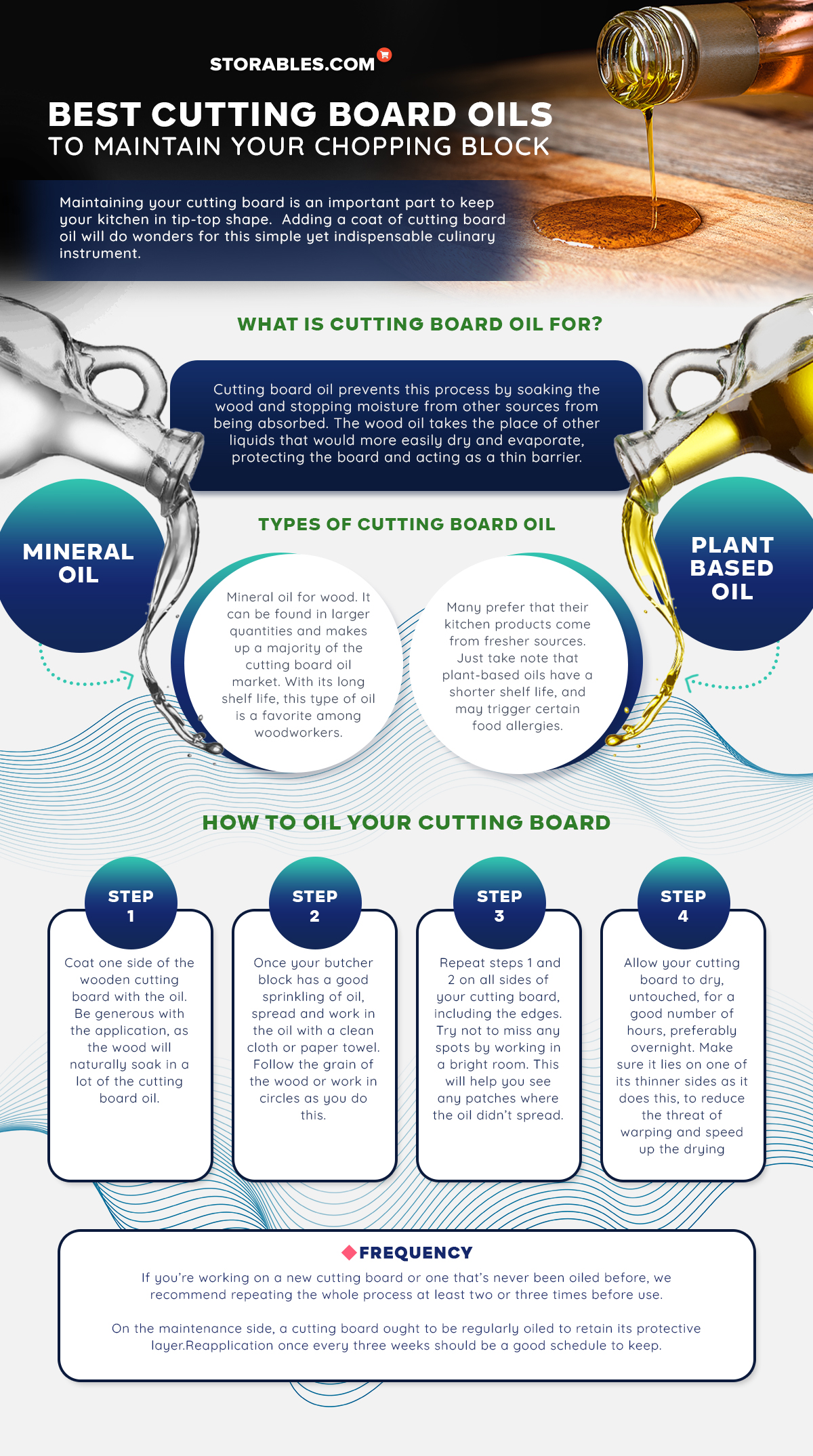
Conclusion
Sealing a butcher block is easy and well worth the maintenance – once you have the right cutting board oil for the job. So, grab a bottle and get buffing. Whether your cutting board is a luxury culinary tool or a utilitarian slab of wood, you can always benefit from keeping it in tip-top shape.
Was this page helpful?
At Storables.com, we guarantee accurate and reliable information. Our content, validated by Expert Board Contributors, is crafted following stringent Editorial Policies. We're committed to providing you with well-researched, expert-backed insights for all your informational needs.
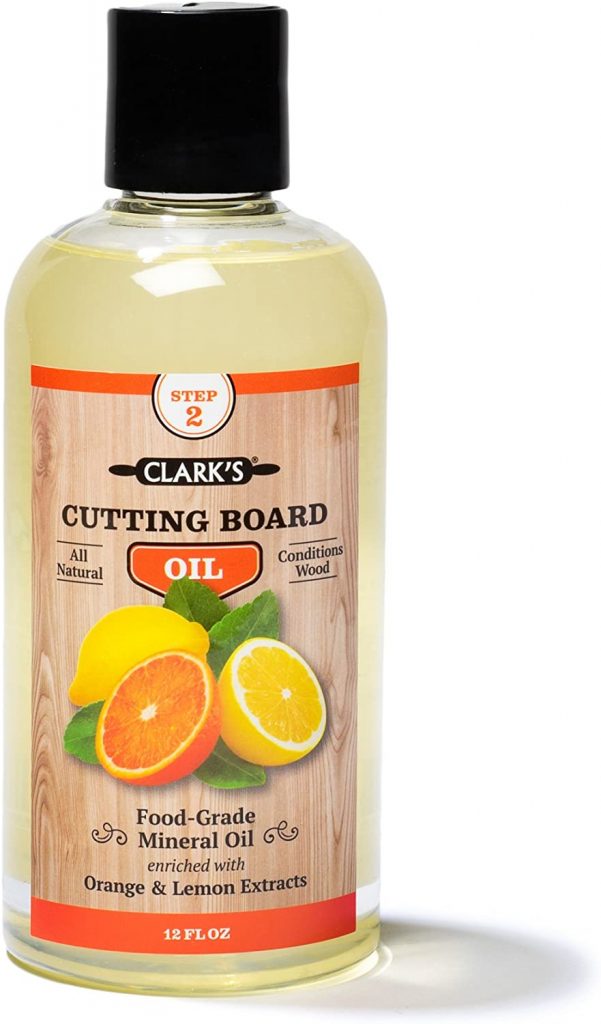

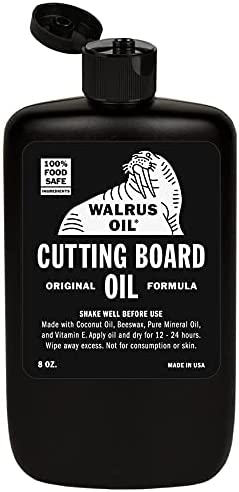

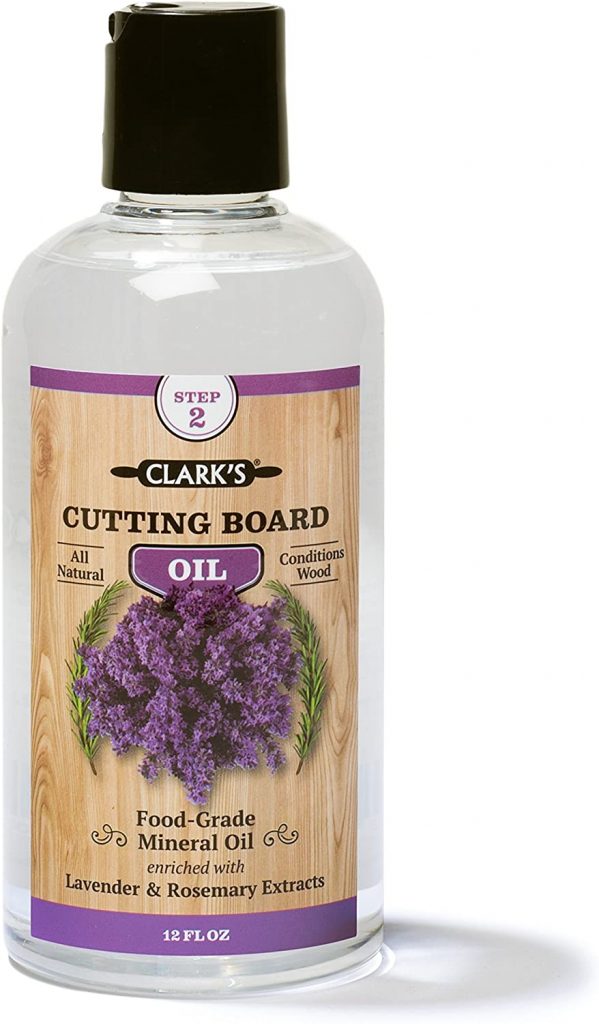
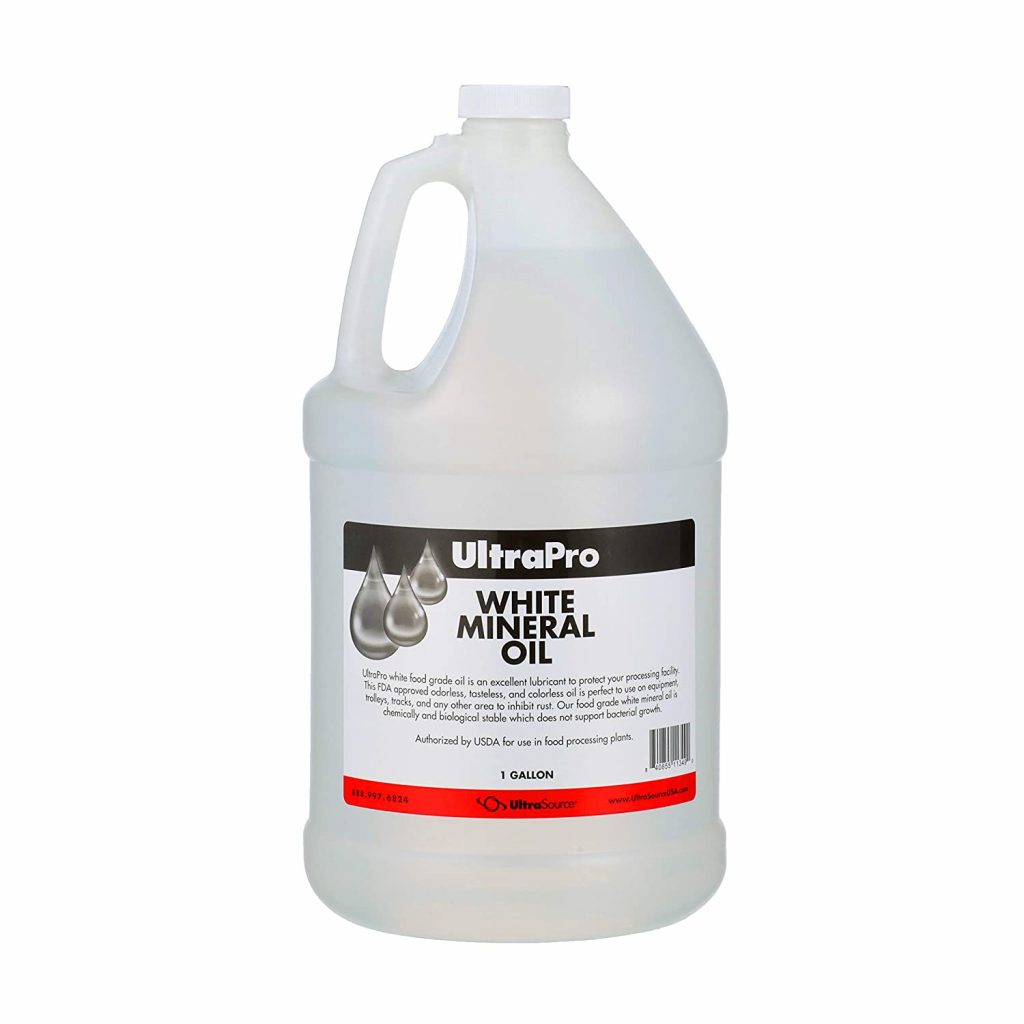

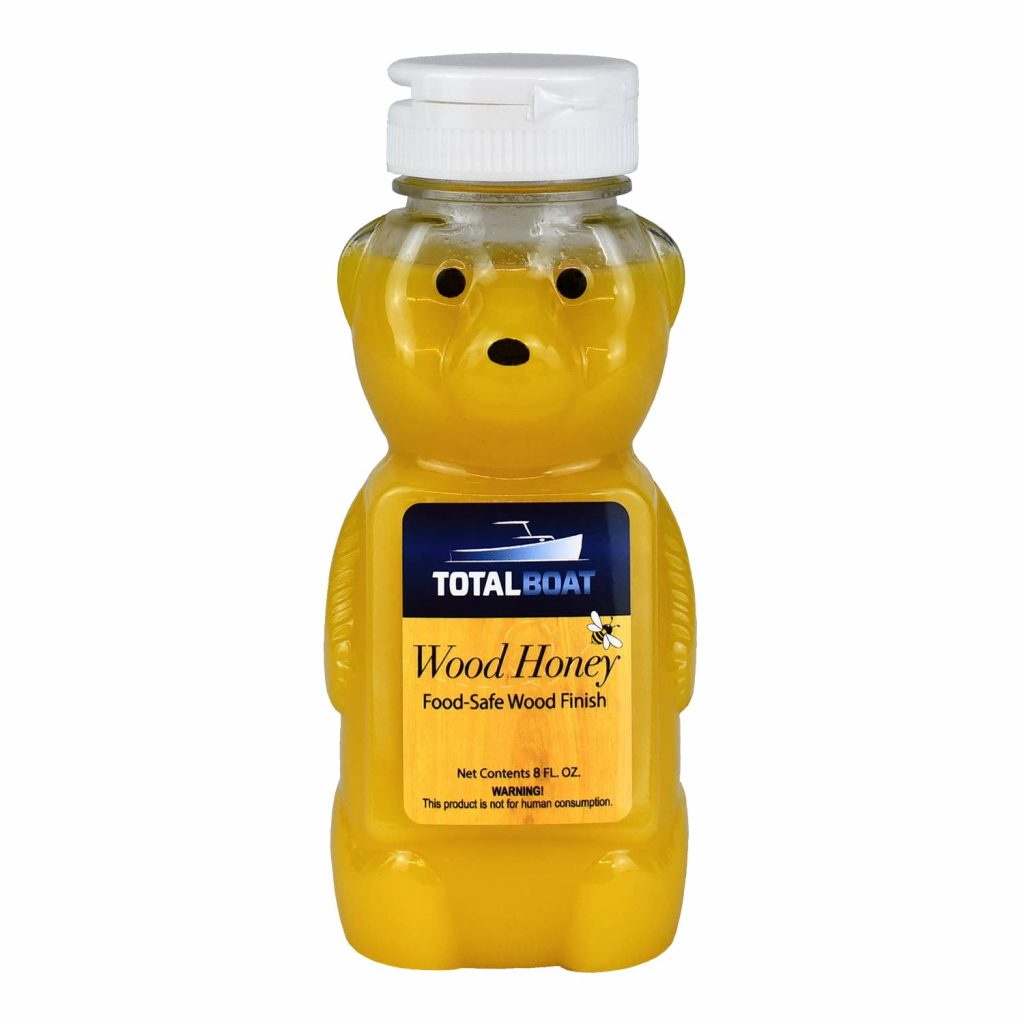

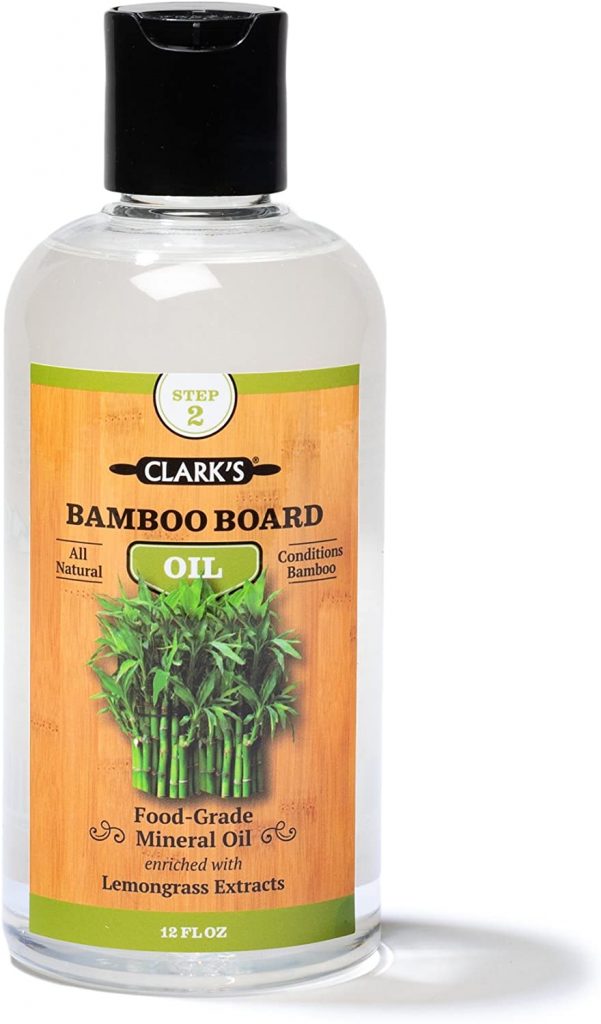
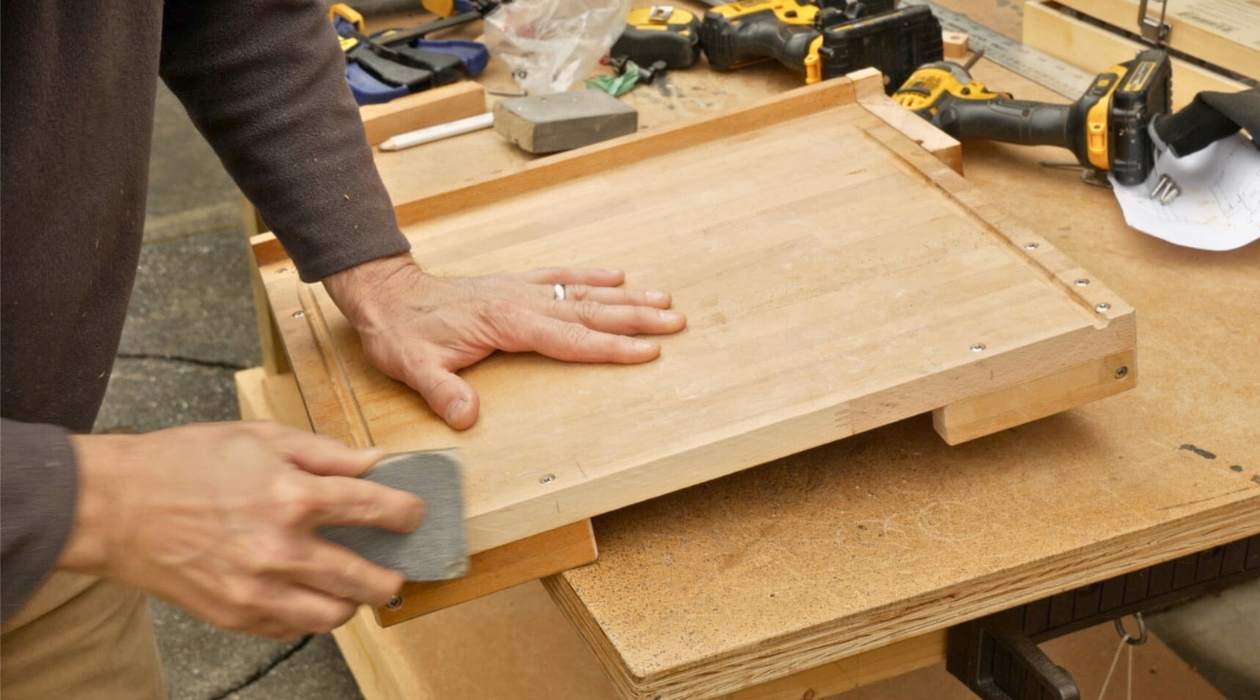
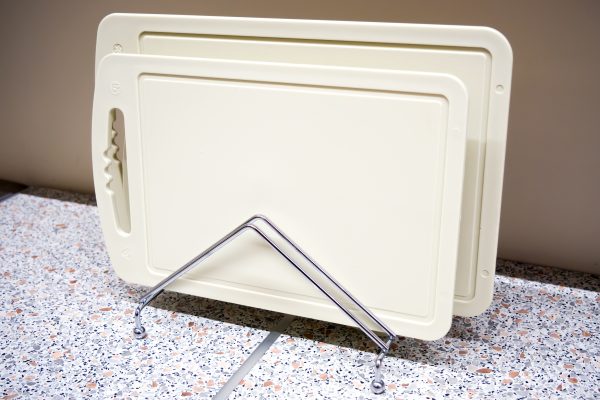
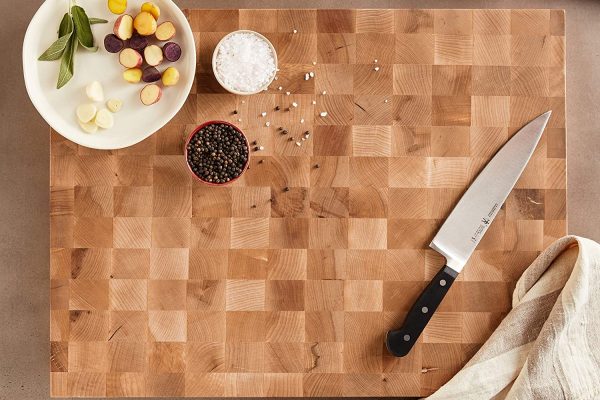
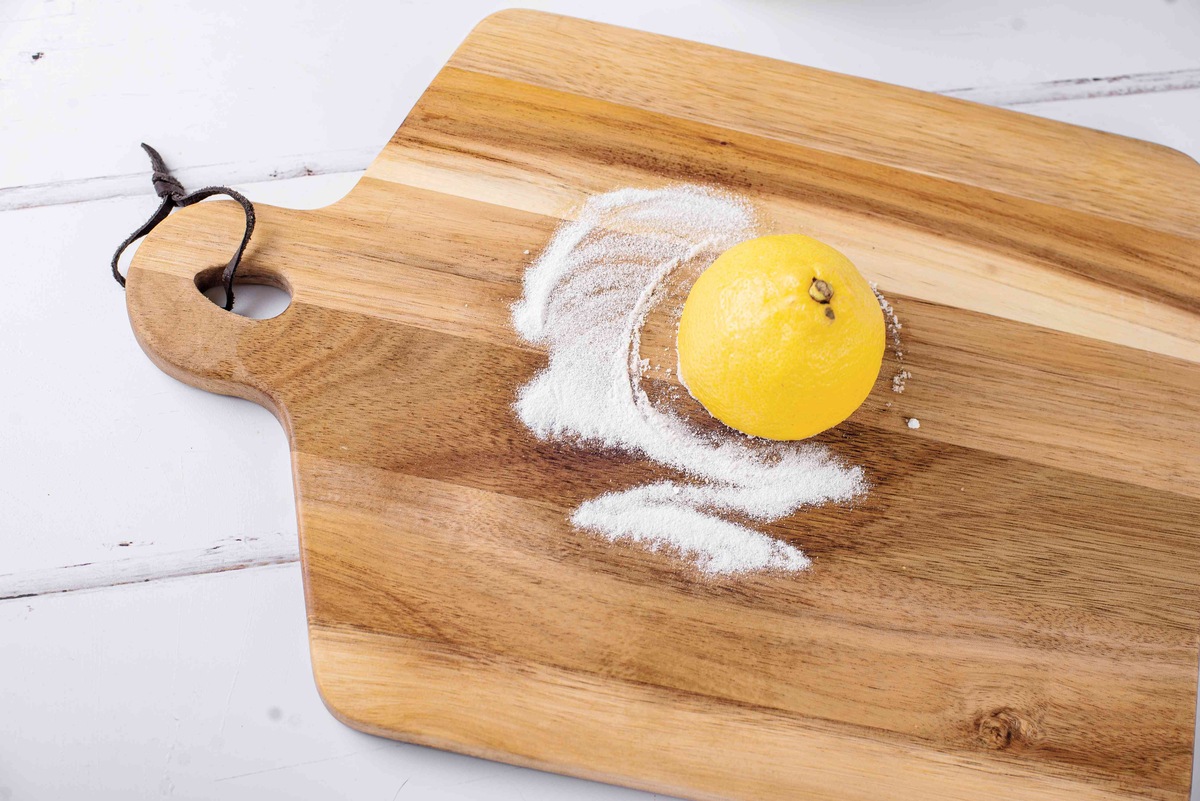


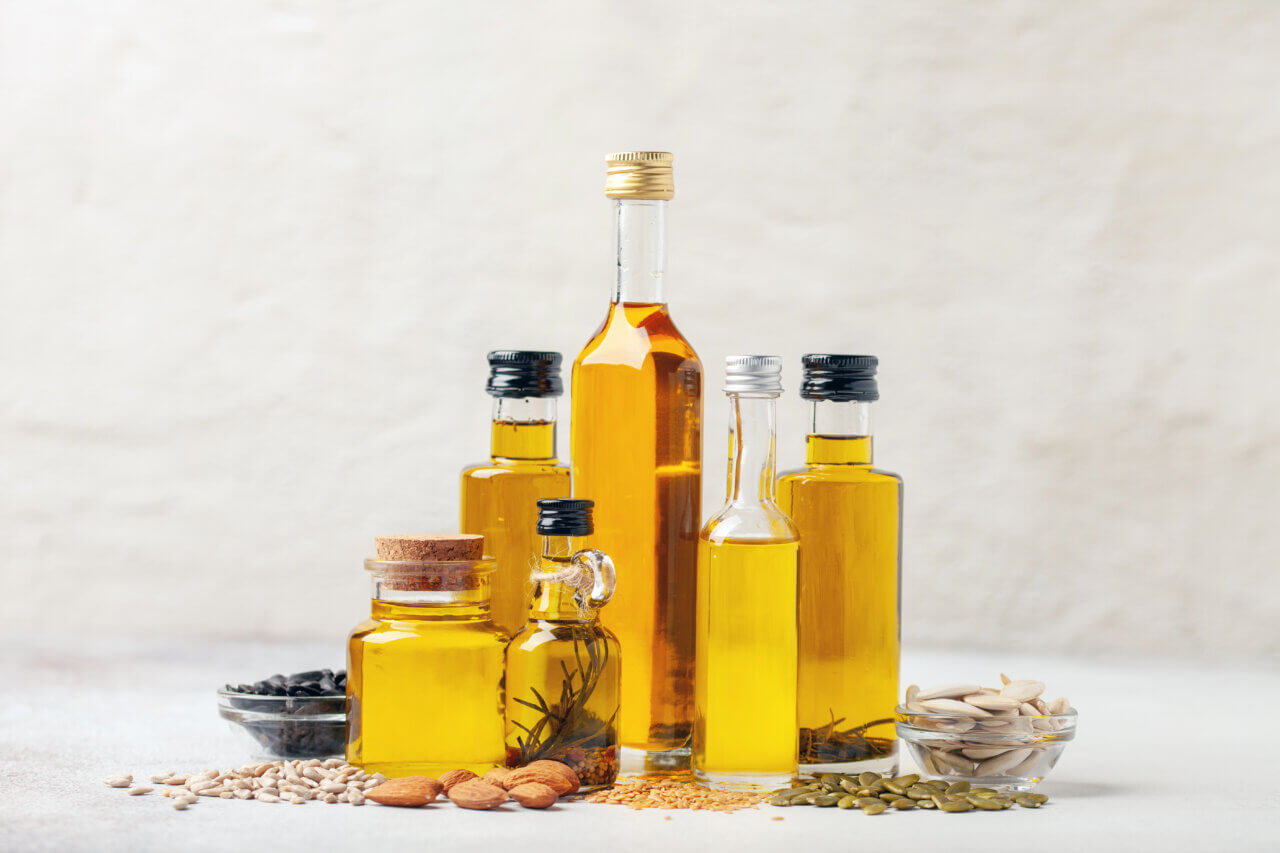
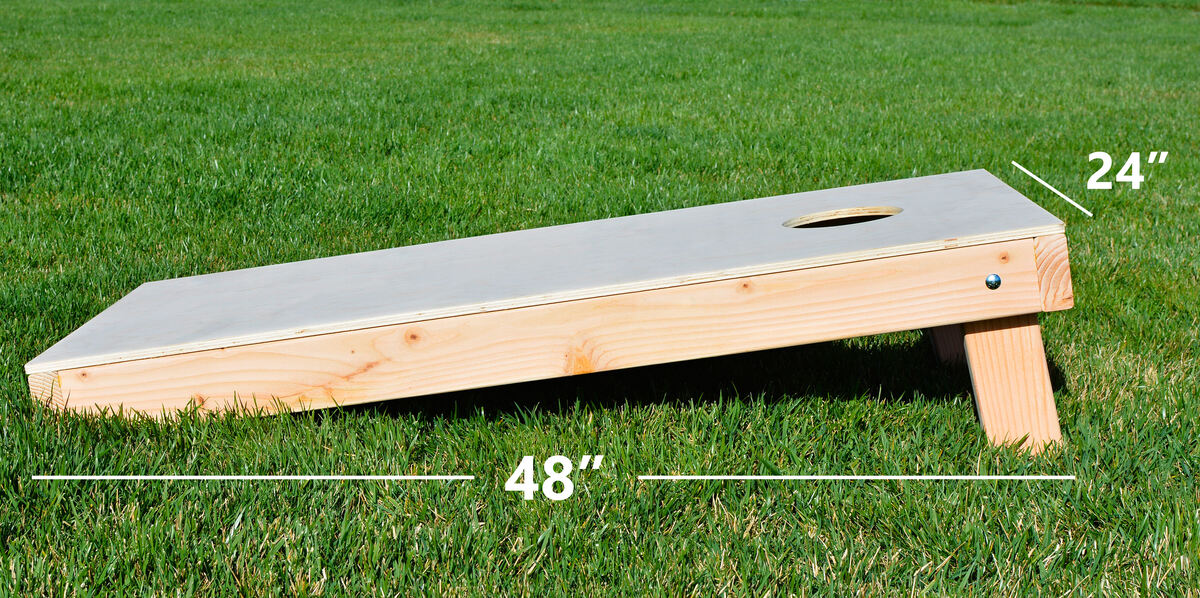
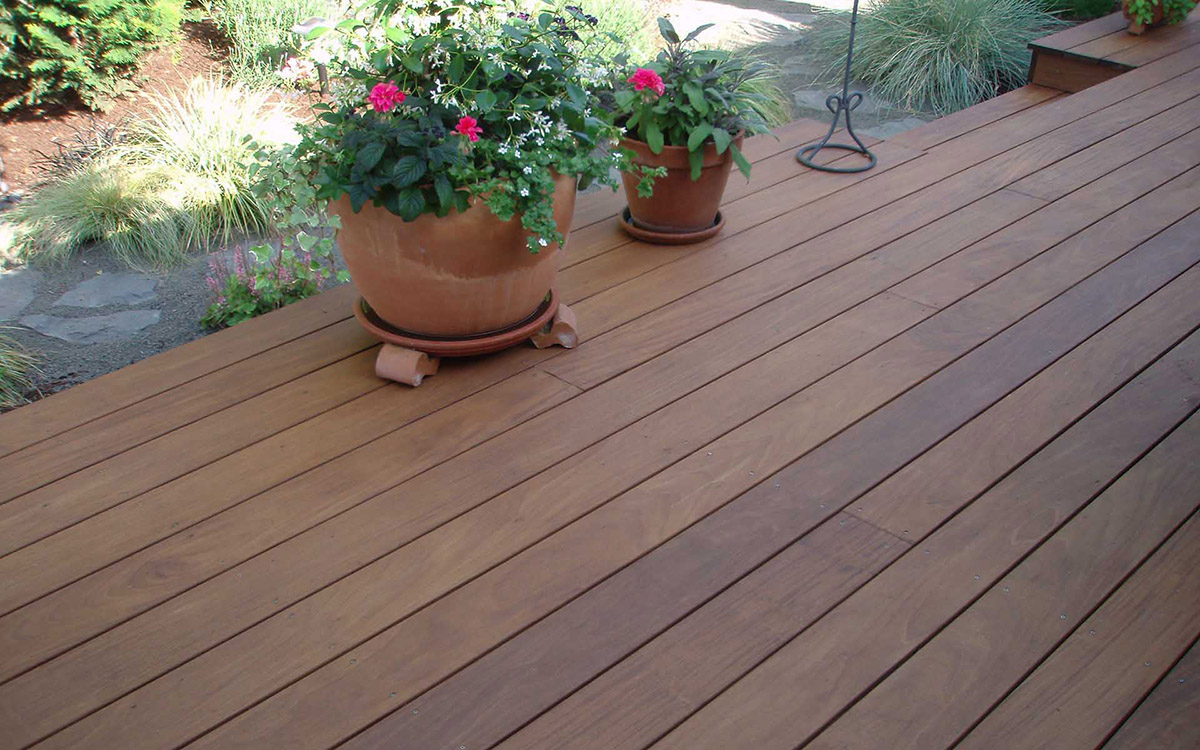



0 thoughts on “10 Best Cutting Board Oils To Maintain Your Chopping Block”